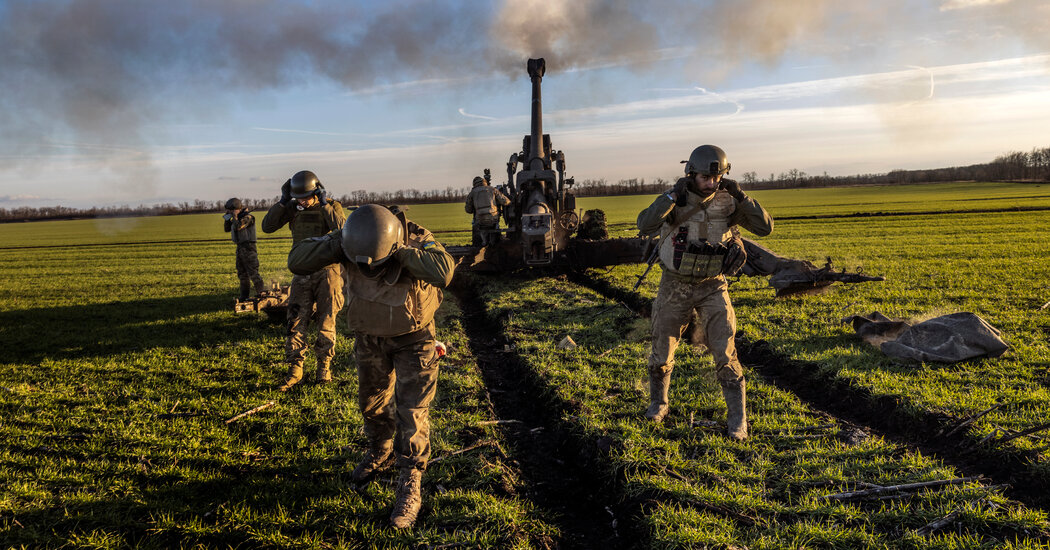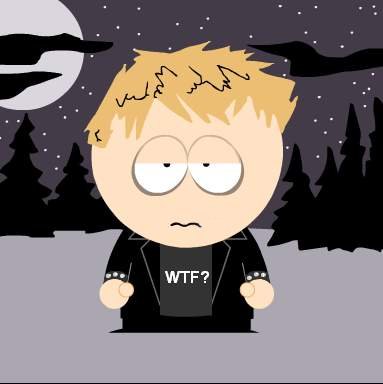That was a wild ride from usual narratives of atrophied European military production to "oh, and btw… the upscaled US production couldn’t produce enough shells over the whole next year to plug just the gap left between production and their goals.
But hey, the first part is in the headline and barely anyone reads to the bottom of an article anyway, right?
… Why should the US be fulfilling a promise the Europeans made? Especially when the Europeans know that any usually-“spare” US military production capability is currently spoken for, now and probably for the next decade.
That wasn’t the point.
They wrote a whole article about Europe’s “atrophied and for so long neglected arms industry” yadda, yadda… and how Europe is thus struggle to even hit the 1 million shell per year mark aimed for.
And then at the very end they mention that the U.S.’ own upscaled production even when reaching next year’s production goals is only ~50k/month.
So the U.S. arms industry is completely broken and in even worse state or the whole theme of the article is just bullshit as usual? Pick one.
But why produce ammunition yourself, when you can force a whole country to do it. I take it with a grain of salt, but also I don‘t distrust the Intercept: https://theintercept.com/2023/09/17/pakistan-ukraine-arms-imf/
This is the best summary I could come up with:
Now, at a critical moment in the war and with Ukraine running short of artillery shells to drive its counteroffensive, experts, weapons manufacturers and even some government officials are expressing growing doubts.
Last March, as Ukrainian soldiers were burning through thousands of artillery shells each day just to retain control of the eastern city of Bakhmut, the government in Kyiv sent a dire plea to its allies for more 155-millimeter ammunition, which is fired from the howitzers that are the backbone of Ukraine’s military.
Under the terms of the program, many of the remaining rounds must be bought from manufacturers based in the European Union and Norway, and purchased in joint procurement deals among those states in order to qualify for reimbursement.
Moreover, South Korea has prohibited its weapons from being sent to Ukraine, and Britain and the United States are trying to rebuild their own stockpiles as NATO urges its members to bolster depleted reserves as a safeguard.
It has landed several major ammunition contracts this year — including one worth nearly $1.4 billion to supply Germany’s military — and has produced tens of thousands of rounds that have been sent to Ukraine since the war began.
Kusti Salm, the highest-ranking career official at Estonia’s Defense Ministry, who helped conceive the plan that the European Union eventually adopted, said Europe could not depend on industry alone to make up the nearly 750,000-round shortfall that it faced.
The original article contains 1,401 words, the summary contains 237 words. Saved 83%. I’m a bot and I’m open source!
Europe has ammunition? I thought they walked around with unloaded guns and bums the United States when they need to actually use them.





